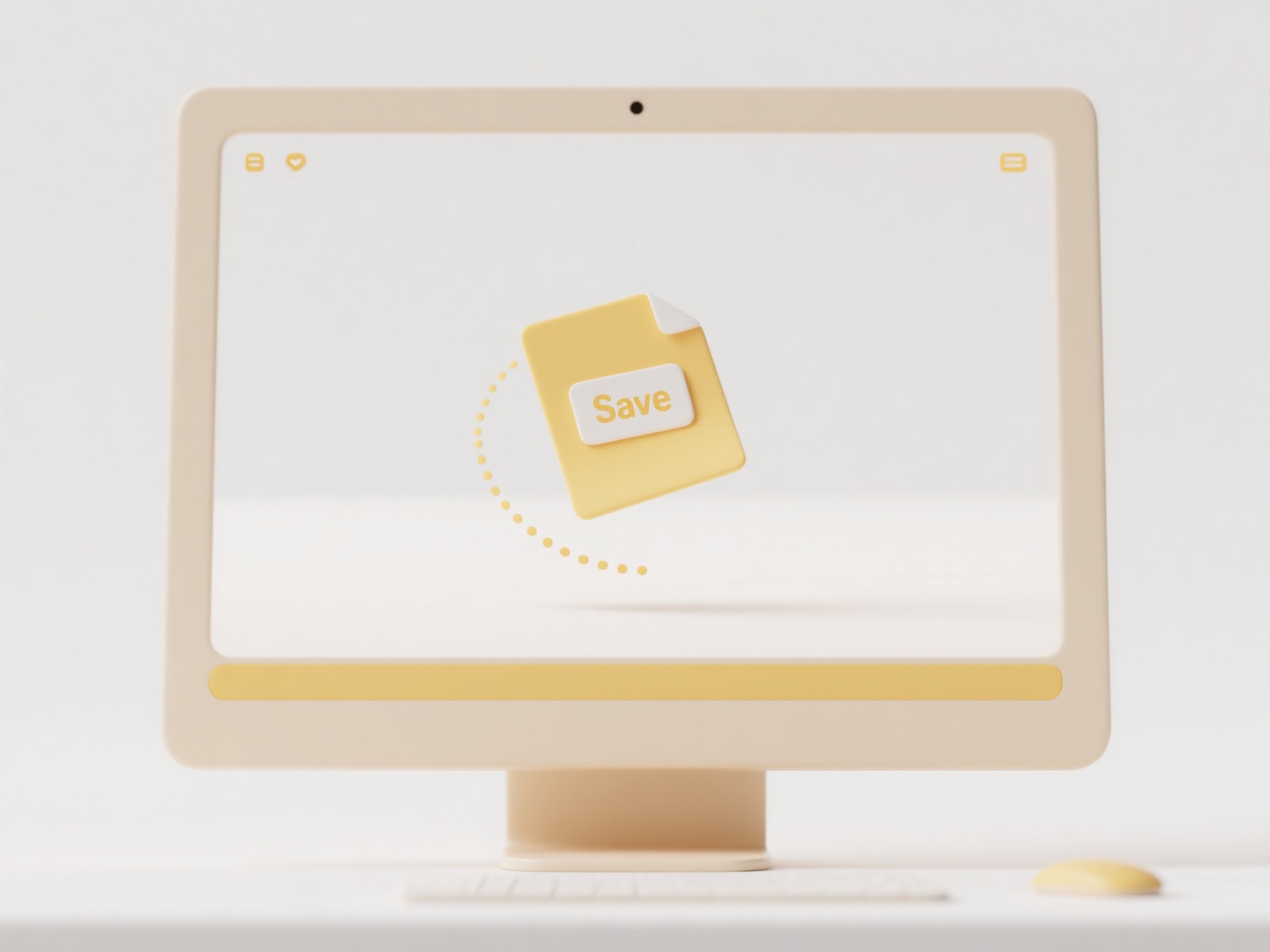
ZIP files are compressed archives that bundle multiple files and folders into one smaller, easier-to-transfer package. Their core function is efficient storage and transfer, not inherently guaranteeing safety. Opening a ZIP file itself is generally safe, but the risk lies entirely with the contents inside. Malicious actors often hide malware within compressed files, exploiting the fact the harmful payload isn't visible or executed until extracted. Safety fundamentally depends on trusting the source of the ZIP file and scanning its contents.
Users frequently encounter ZIP files as email attachments containing documents, software installers downloaded from websites, or backups shared via cloud storage. For instance, a colleague might send project assets as a ZIP email attachment, or a legitimate software vendor might distribute their program as a compressed download to reduce transfer size. Tools like built-in OS utilities (e.g., Windows File Explorer, macOS Archive Utility), WinZip, and 7-Zip are common for creating and opening these archives.

The main advantage of ZIP files is their convenience for sharing groups of files efficiently. However, a significant limitation is their potential as a malware delivery vehicle, as compressed contents bypass some email security scans and hide harmful executables. This risk necessitates caution: only open ZIP files from trusted sources, keep anti-virus software updated to scan upon extraction, and be wary of unexpected attachments. Security tools increasingly include decompression scanning, and enhanced digital signatures offer potential future safety improvements, but vigilance remains essential.
Are .zip files safe to open?
ZIP files are compressed archives that bundle multiple files and folders into one smaller, easier-to-transfer package. Their core function is efficient storage and transfer, not inherently guaranteeing safety. Opening a ZIP file itself is generally safe, but the risk lies entirely with the contents inside. Malicious actors often hide malware within compressed files, exploiting the fact the harmful payload isn't visible or executed until extracted. Safety fundamentally depends on trusting the source of the ZIP file and scanning its contents.
Users frequently encounter ZIP files as email attachments containing documents, software installers downloaded from websites, or backups shared via cloud storage. For instance, a colleague might send project assets as a ZIP email attachment, or a legitimate software vendor might distribute their program as a compressed download to reduce transfer size. Tools like built-in OS utilities (e.g., Windows File Explorer, macOS Archive Utility), WinZip, and 7-Zip are common for creating and opening these archives.

The main advantage of ZIP files is their convenience for sharing groups of files efficiently. However, a significant limitation is their potential as a malware delivery vehicle, as compressed contents bypass some email security scans and hide harmful executables. This risk necessitates caution: only open ZIP files from trusted sources, keep anti-virus software updated to scan upon extraction, and be wary of unexpected attachments. Security tools increasingly include decompression scanning, and enhanced digital signatures offer potential future safety improvements, but vigilance remains essential.
Quick Article Links
Why won’t a .dmg file open on Windows?
DMG files are Apple's disk image format, designed specifically for macOS. They act like virtual disks, containing files,...
Can I set rules to rename files automatically upon download?
File renaming rules allow you to automatically change the name of a file the moment it finishes downloading to your comp...
Can I track changes made to folders?
Tracking changes to folders means monitoring modifications to the folder itself or its contents over time. Unlike tracki...